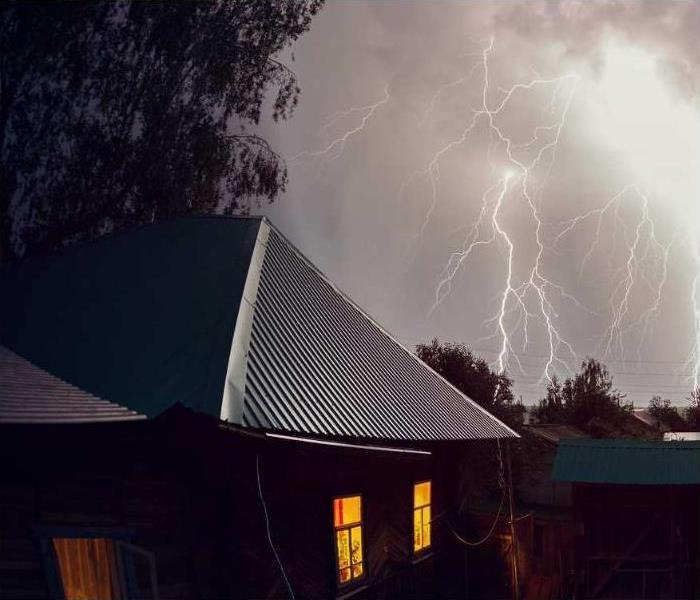What is a Hurricane?
9/3/2020 (Permalink)
 While we hope you never experience a disaster in your home, we do know we are ready to help you restore it in the event of one
While we hope you never experience a disaster in your home, we do know we are ready to help you restore it in the event of one
Hurricanes are Tropical Cyclone storms that form in the Atlantic Ocean and must have sustained winds of 74 mph or greater. They are spinning with a low pressure center and spawn off serious thunderstorms which generate large amounts of rain, high winds, and storm surges.
Fun fact, if the exact same storm forms in the Pacific Ocean, it is called a Typhoon.
So, when does a Tropical Cyclone become a Hurricane and receive it name from NOAA (The National Oceanic and Atmospheric Administration)? It has everything to do with Wind Speed! Once the cyclone sustains winds at 34 mph, it gets its name, and we start calling it “Tropical Storm XXXX,” and when it hits 74 mph, it is promoted to “Hurricane XXXX.”
The NOAA has 6 sets of names that run from A-W; these names repeat until a name is retired. Typically a name is retired after it is catastrophic in damage or death.
I’m not a meteorologist, and I only know it’s raining when I get outside. So with Hurricane Dorian being the first big storm of the 2019 Hurricane Season, I was sent through a loop with the categories. Sure, I knew the bigger the number the scarier it was, but I was lost on the magnitude of what it all really meant. The NOAA has a great chart, that helped me quite a bit, but by far The Weather Channel had the most amazing video. It really puts into perspective the damage that can happen from such a powerful storm.
The Weather Channel : Hurricane Damage from Cat 1 to Cat 5
We can talk all day long about the Saffir-Simpson Scale of Hurricane Winds, and I’ve even included the NOAA Chart for you, but that video is simply mind blowing.
I hope our past few posts on how to prepare for storms and hurricanes is helping this hurricane season. To me, the unknown is scary, so I like to arm myself with as much knowledge as possible from reputable sites. Thank you for your time today, and Stay Safe and Stay Prepared.






 24/7 Emergency Service
24/7 Emergency Service